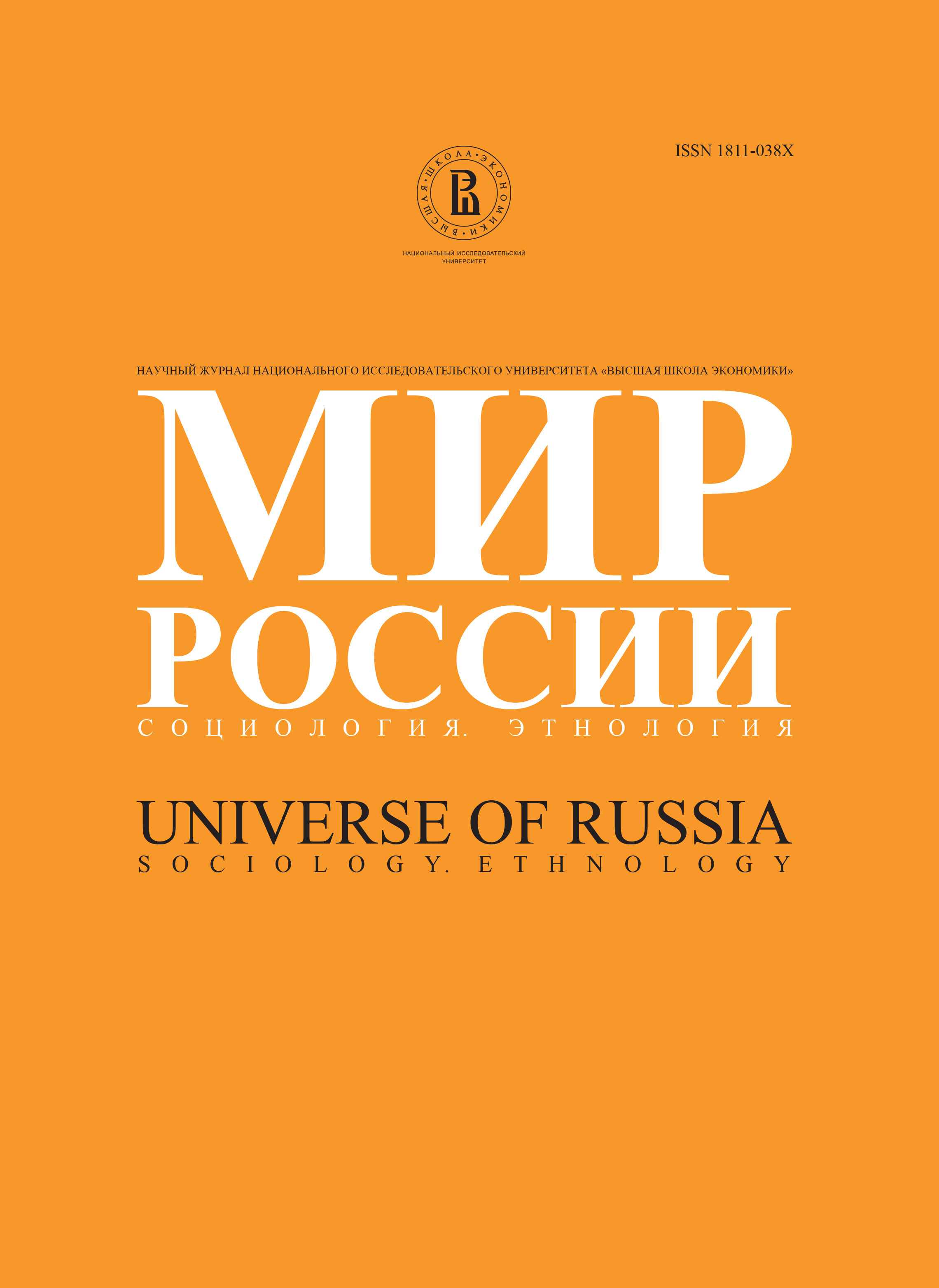Customary and Innovative Practices of the Russian Middle Class
Abstract
New forms of everyday activity are diffused following specific innovative cycles. Initially, they come to life as an attribute of the closed elite groupings. Then broader social layers start to hoard new consumer goods and leisure practices. First they serve as vehicles for status improvement; later they are viewed as necessities. Finally, innovative goods and practices become «mass products» with an open access for nearly everyone, and therefore, they lose their innovative character. What deserves attention is that innovative cycles tend to decrease from several decades to several years and even several months nowadays. Innovative frontier moves faster and faster. What impact is produced by the middle classes in this process of continuous innovations? To tackle this issue we use our data collected from a 2000 nationwide survey of 3994 households. It was conducted in the course of the project on Russian middle class formation. This project was implemented by the research team at the Moscow Carnegie Center.Given middle class groups are younger, higher educated, relatively well off, and located predominantly in developed urban areas, no surprise they demonstrate higher level of social and economic activity in nearly all considered areas. As for innovative practices, the middle class involvement is several times higher if compared with the lower strata. It has been proved empirically by our data for the innovative practices of entrepreneurial and household activity, saving and credit strategies, consumer and leisure modes of conduct.
Having more economic, human and social capital, the middle class representatives possess higher capacities to work and leisure. They elaborate different strategies for raising and spending money and reproduce elements of the new life-styles. Though many of these innovative practices are not widely spread by present, we have convincing evidence that it is middle class people that champion these practices and become channels of their further diffusion.






